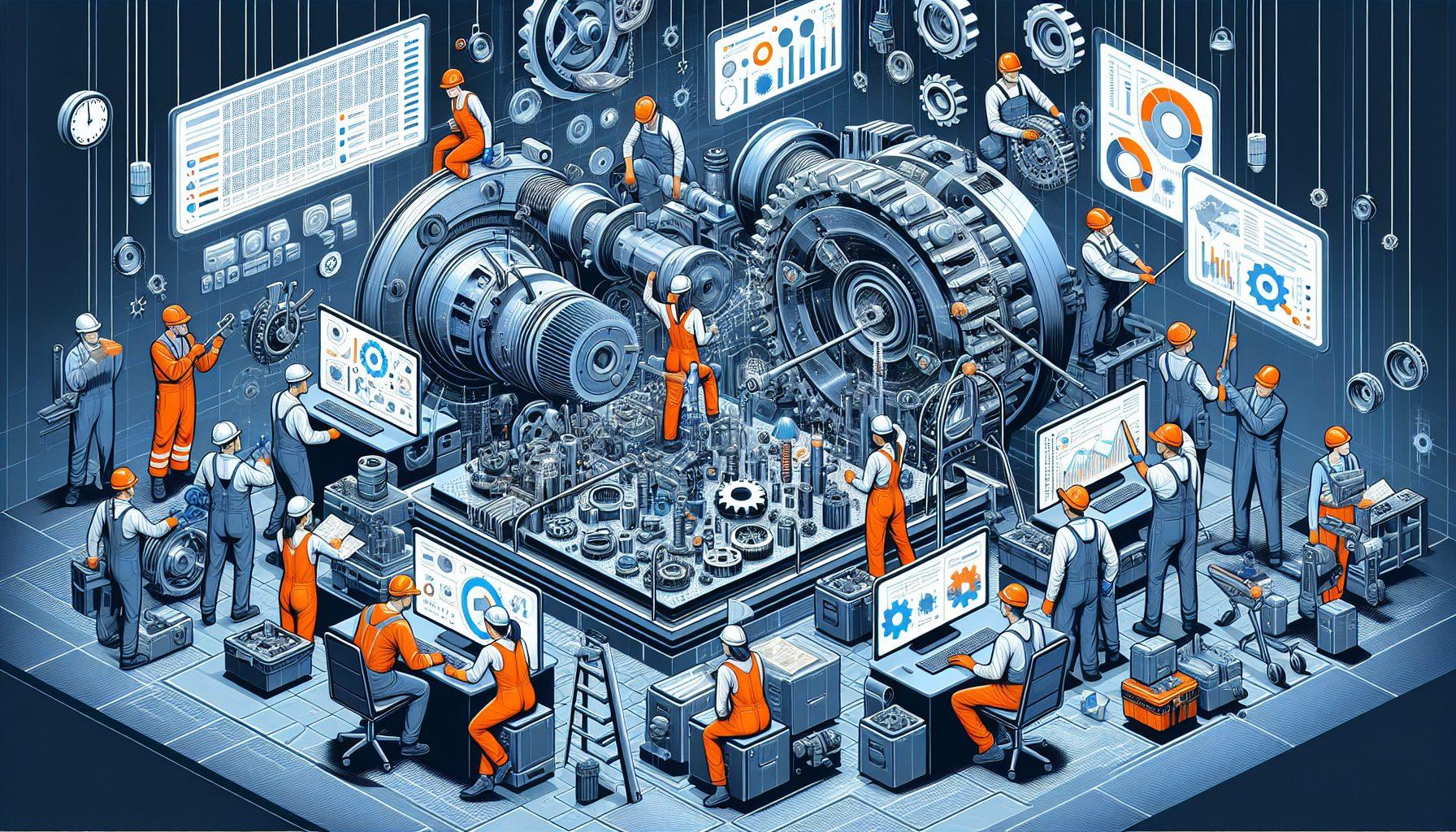Are you looking for ways to improve efficiency and reduce downtime in your warehouse operations? One effective strategy is to conduct a Maintenance Impact Analysis (MIA). By analyzing the impact of maintenance activities on your warehouse processes and equipment, you can identify areas for improvement and implement proactive maintenance strategies.
Why Conduct a Maintenance Impact Analysis?
Warehouse operations rely heavily on various equipment and systems to ensure smooth operations. When equipment breaks down unexpectedly or maintenance activities are not properly planned, it can lead to delays, decreased productivity, and increased costs. A Maintenance Impact Analysis helps you understand the impact of maintenance activities on your overall warehouse operations and identify opportunities to optimize maintenance processes.
Material handling equipment management plays a crucial role in warehouse operations. When equipment is well-maintained, it performs optimally, resulting in increased efficiency, reduced downtime, and improved safety. Therefore, it is essential to conduct a Maintenance Impact Analysis to ensure that your equipment is properly maintained and operating at its full potential.
The Process of Conducting a Maintenance Impact Analysis
To begin the Maintenance Impact Analysis, start by gathering relevant data about your maintenance processes and the impact they have on your warehouse operations. This data can include equipment maintenance logs, repair records, downtime reports, and feedback from warehouse staff.
Once you have collected the necessary data, follow these steps to conduct the analysis:
- Identify Critical Equipment: Determine which equipment is essential for the smooth functioning of your warehouse operations. This can include forklifts, conveyor systems, automated storage and retrieval systems, and other material handling equipment.
- Analyze Maintenance Activities: Evaluate the frequency, duration, and impact of maintenance activities on the identified critical equipment. This analysis should include planned maintenance, unplanned maintenance, and any resulting downtime or disruption to warehouse operations.
- Assess Impact on Operations: Determine the impact of maintenance activities on various aspects of warehouse operations, such as productivity, efficiency, safety, and cost-effectiveness. Identify specific areas where maintenance activities are causing bottlenecks or inefficiencies in the warehouse workflow.
- Identify Improvement Opportunities: Based on the analysis, identify potential improvement opportunities in your maintenance processes. This can include implementing preventive maintenance schedules, improving spare parts management, training staff on proper equipment handling and maintenance, or investing in advanced maintenance technologies.
- Develop Action Plans: Create action plans to address the identified improvement opportunities. Assign responsibilities, set timelines, and allocate necessary resources for implementing the proposed changes.
- Monitor and Review: Regularly monitor the impact of the implemented changes and review the effectiveness of your new maintenance processes. Make adjustments as needed to ensure continuous improvement in warehouse operations.
The Benefits of Conducting a Maintenance Impact Analysis
A Maintenance Impact Analysis offers several key benefits for warehouse operations:
- Improved Equipment Performance: By identifying areas for improvement and implementing proactive maintenance strategies, you can ensure that your equipment operates at its peak performance, reducing downtime and increasing productivity.
- Enhanced Efficiency: Optimizing maintenance processes can lead to smoother operations, reduced disruptions, and improved overall efficiency in warehouse workflows.
- Cost Savings: By preventing unexpected breakdowns and implementing preventive maintenance, you can avoid costly repairs and minimize downtime, resulting in significant cost savings in the long run.
- Increased Safety: Well-maintained equipment reduces the risk of accidents and injuries in the warehouse, creating a safer work environment for your employees.
- Optimal Resource Utilization: Monitoring and analyzing maintenance activities helps you allocate resources more effectively, ensuring that maintenance tasks are prioritized and completed in a timely manner.
In conclusion, conducting a Maintenance Impact Analysis is a crucial step in optimizing warehouse operations. By understanding the impact of maintenance activities on your overall processes and equipment, you can identify areas for improvement, implement proactive maintenance strategies, and ultimately enhance safety, productivity, efficiency, and cost-effectiveness in your warehouse.

